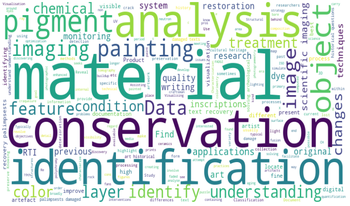
This work presents insights into the imaging workflow from cultural heritage domain experts, gathered from an online survey. Non-invasive 2D imaging technology has become a cornerstone in the analysis and documentation of cultural heritage artefacts. Techniques such as hyperspectral imaging (HSI) and X-ray fluorescence (XRF) can investigate material properties, artistic processes, and conservation states. Existing analysis and visualisation tools offer functionality for specific data types but lack integration for holistic multimodal analysis. To address these limitations, we conducted a structured survey targeting researchers and practitioners in CH working with imaging technology. The survey explores their workflows, imaging technology usage, and software preferences. This study identifies key trends, challenges, and feature requirements.
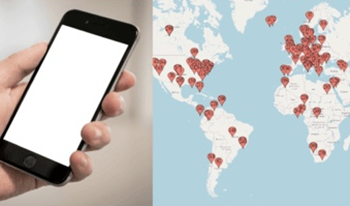
Mobile phone cameras are imaging tools that are rapidly being adopted by various industries due to their portability and ease of use. Though not currently considered an adopted imaging tool for cultural heritage, there has been increased interest in their potential use within the field. To better understand how cultural heritage professionals considered mobile phone cameras as tools for various types of documentation, a survey was created and administered. A survey was designed and sent to cultural heritage groups involved with imaging with the goal of determining whether these types of cameras are practical imaging devices in circumstances where a studio or a DSLR may not be readily available. Initial results have shown a variety of responses and that mobile phones are being used for various types of documentation.
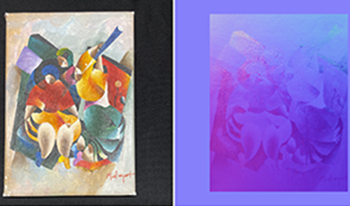
In this paper we introduce MISHA3D, a set of tools that enable 3D surface capture using the MISHA multispectral imaging system. MISHA3D uses a novel multispectral photometric stereo algorithm to estimate normal, height, and RGB albedo maps as part of the standard multispectral imaging workflow. The maps can be visualized and analyzed directly, or rendered as realistic, interactive digital surrogates using standard graphics APIs. Our hope is that these tools will significantly increase the usefulness of the MISHA system for librarians, curators, and scholars studying historical and cultural heritage artifacts.
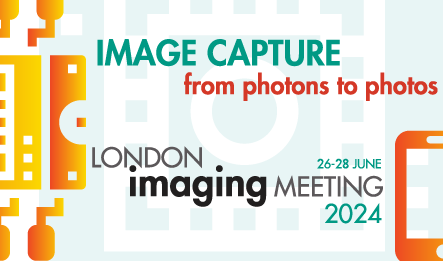
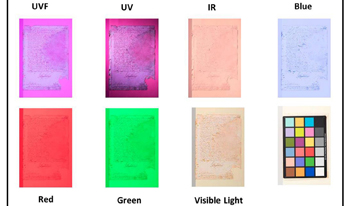
Multispectral Imaging has become an indispensable tool for Cultural Heritage materials and objects analyzing, documenting, and visualizing. This study delves into applying this technique to an 18th-century illuminated manuscript at the Minas Gerais Public Archive, Brazil. Currently undergoing restoration intervention at The Federal University of Minas Gerais, the manuscript exhibits faded writing due to moisture, and the application of multispectral imaging (UV, Visible, and IR) with seven different wavelengths proves highly effective in recovering lost information. The light source was provided from LED and Halogen Lamp, and the result shows a very clear text on the manuscript after the digital processing by ImageJ and PCA. The Minas Gerais Public Archive, established in 1895, plays a vital role in safeguarding the state's documentary and historical heritage. It was the first-time multispectral imaging was applied to cultural objects in Minas Gerais.
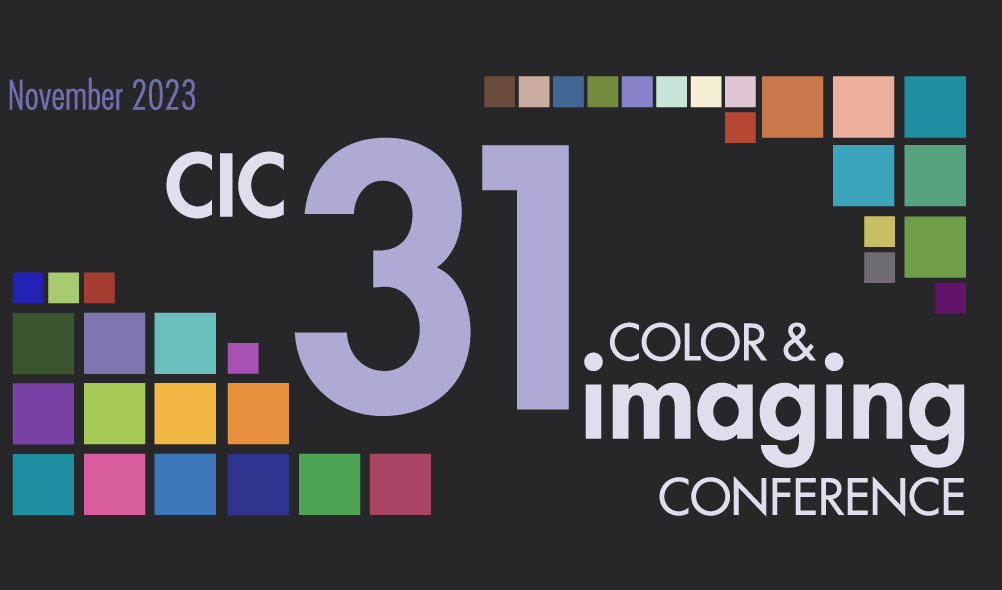
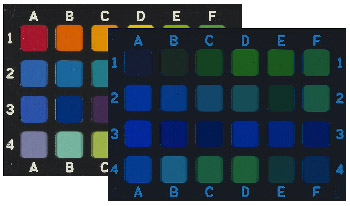
Cultural-heritage imaging is a critical aspect of the efforts to preserve world treasures. This field is so demanding of color accuracy that the inherent limitations of RGB imaging can often be an issue. Various imaging systems of increasing complexity have been proposed, up to and including those that report full spectral reflectance for each pixel. These systems improve color accuracy, but their complexity and slow operational speed hamper their widespread use in this field. A simpler and faster bi-color lighting and dual-RGB processing system is proposed that improves the color accuracy of profiling and verification targets. The system can be used with any off-the-shelf RGB camera, including prosumer models.
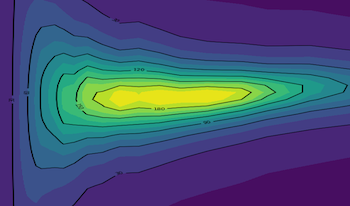
Image sharpness is strongly dependent on lens aperture and camera position at capture. As high-end equipment is out of the reach of many museums, these choices are often mostly based on visual evaluations of image sharpness, which—though still possibly resulting in good quality images—is highly subjective and can lead to inconsistency. In the context of a broader effort to provide low-cost solutions for consistent high-quality museum photography, we propose a methodology for the characterization of the performance of a lens in terms of sharpness that enables the selection of the appropriate lens aperture and camera position for the capture of a sharp image of an object without the need for expensive equipment.
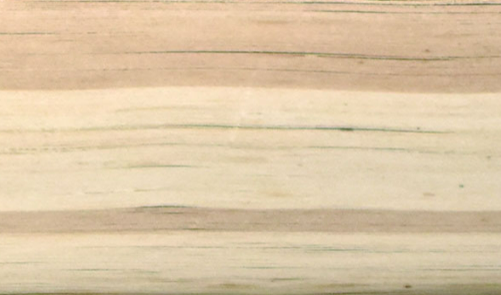
One of the continued challenges for preservation resources is the demand for objective data to make informed retention and withdrawal decisions. Discussions within the shared print and print repository communities have circled around the integral question pertaining to the selection process of books to be incorporated into a national shared print system, namely the minimum number of copies such a system must maintain. The challenge has been knowing the condition of those volumes that are withdrawn or retained, since all decisions have been based solely upon a shared catalog where partners do not have data to know the condition of others’ volumes. This conundrum led to a national research initiative funded by the Mellon Foundation “Assessing the Physical Condition of the National Collection” to create a baseline of understanding of the actual condition of the national collection in research libraries and collections. The project undertook an extensive assessment capturing data from 500 “identical” volumes each from 5 different research libraries and analyzing the dataset to answer the following questions: What is the general condition of library collections in the 1840-1940 period? Can the condition of collections be predicted by catalog or physical parameters? What collection assessment tools help determine a book’s life expectancy? Filling the gaps in knowledge for understanding the physicality of our collections is helping us identify at-risk collections and explain the high percentage of dis-similar “same” volumes due to the impact of paper composition. Predictive modelling and simple assessment tools allow more accurate prediction of good and poor-quality copies of books, as well as what is typical and atypical for specific decades.
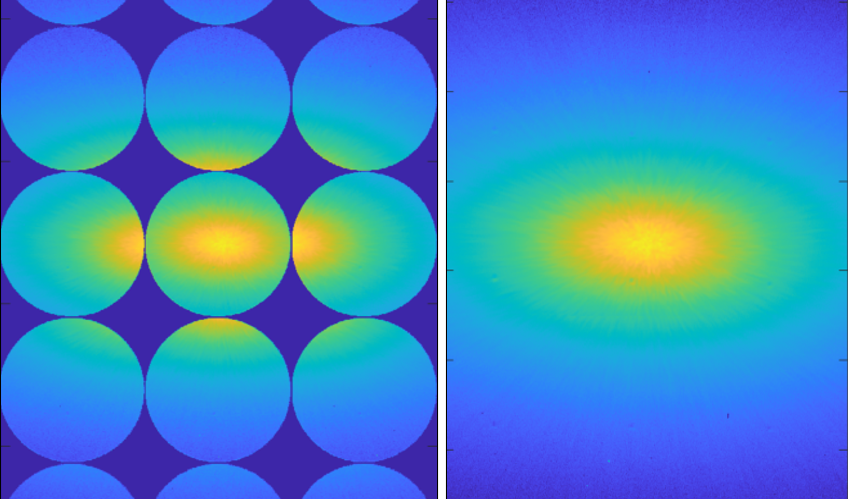
The measurement of specular gloss using a glossmeter is normalized in the ISO 2813 Standard, which is widely used for many industrial applications. In practice, the principle of the measurement relies on using a primary standard that approximates a perfectly polished back glass surface and an optical design where rectangular diaphragms are used for the source and detection apertures. Any deviation in the refractive index or the polishing level of the standard artefact, or in the machining of the rectangular diaphragms ends in measurement uncertainties. To tackle these issues, we propose to calculate the specular gloss from the bidirectional reflectance distribution function (BRDF) measured using a goniospectrophotometer equipped with a conoscopic detection. With such an instrument, no calibration sample is needed anymore, and the geometry of measurement given in the standard can be applied with good accuracy. The method has been implemented and tested on samples of various gloss values.